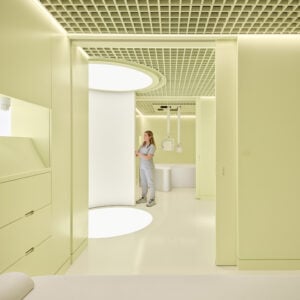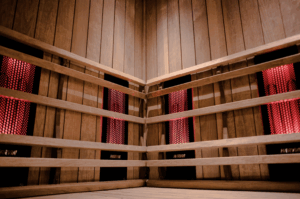Until a couple of months back, 3D printing was commonly used to create jewellery, memorabilia, industrial prototypes, and medical prosthetics. However, with the COVID-19 pandemic bringing most industries to a grinding halt, the scarcity of essential medical equipment has allowed for innovation in this field.
In homes, schools, small businesses and tech firms, 3D printers are being programmed to create personal protective equipment (PPE), from face shields, respirators and goggles, to replacement parts for ventilators, which are in short supply at hospitals across the world.
From plane engines to face shields
Across the United States, Boeing factories started printing face shields for medical professionals on the frontline and have already shipped over 2,300 units through the Federal Emergency Management Agency (FEMA).
“Medical professionals tirelessly treating COVID-19 patients have our full support. We are manufacturing face shields to help protect them as they work to protect us,” the aeronautical company said in a post of Twitter.
In Spain, one of the worst-hit countries in Europe, and Germany, Airbus has set all of its 3D printers to create safety equipment for medical personnel.
"Overnight, we have gone from making aerospace concepts to medical equipment. This genuinely makes a difference in the fight against the pandemic, and I couldn't be prouder of our teams working day and night on this Airbus project"
Alvaro Jara, Head of Airbus Protospace, in Getafe, Madrid
Global effort to address ventilator shortages
Ventilators are used to help patients breathe in advanced stages of infection, and these are in short supply across much of the world. The UK’s Prime Minister, Boris Johnson has appealed for help to produce 20,000 ventilators to overcome the shortage.
According to an estimate by non-profit public-policy organisation Brookings Institution, India would need 110,000 to 220,000 ventilators to deal with the rising number of cases in the world’s second most populated country.
In New York, which is one of the worst-hit areas in the USA, required 30,000 ventilators in March, according to Governor Andrew Cuomo. The federal emergency stockpile of ventilators is estimated to be only 10,000.
According to the New York Times, the American Hospital Association estimates 960,000 people will require ventilators as the virus spreads; however, as of now, there are only around 170,000 available in the US.
Governments have therefore called for support from the manufacturing industry to help reduce the shortage. In March, Volkswagen had announced that it would use its car-making technology and know-how to begin creating ventilators and ventilator replacement parts.
"Medical equipment is a new field for us. But as soon as we understand the requirements, and receive a blueprint, we can get started"
Volkswagen Statement
More recently, the German carmaker’s Mexico arm, Volkswagen de México, announced that it had started developing prototypes and would begin producing 80 to 90 units daily once it received a nod from the government.
Tech giant HP for its part is not only producing ventilators and PPE but also sharing 3d printable designs for face masks, hands-free door openers, face shields, etc. Additionally, the company is testing 3D printed parts for a mechanical bag valve mask (BVM) designed for use as a short-term emergency ventilator for COVID-19 patients.
3D printing challenges
While the medical community has welcomed the quick response from 3D printing companies and those that use similar equipment, many have expressed concerns regarding the quality of the products being manufactured.
Martin Culpepper, a professor of mechanical engineering at MIT, explained that sterilisation, in particular, was an essential issue that needs the attention of those printing medical equipment. Printers need to use a material that is compatible with medical guidelines — they should not react negatively with other chemicals, devices and cleaning procedures.
When printing masks, the air filter needs to be of the correct media if it is to be successful in protecting people from viruses. “It just looks like a simple piece of cloth, but it’s made through a very specific process to achieve a very specific end-state. People are focusing on the masks themselves, and not addressing the real problem — filter media for the masks,” said Culpepper.
Sourcing the materials is another challenge, with many volunteers seeking crowdfunding support to procure the required plastic media needed. One such group, 3DCrowdUK, which has over 6,000 volunteers printing face shields for frontline medical staff, is calling in for donations to procure the materials required.
“This is a time-sensitive issue and the more material I can order NOW the faster the shields can be out there. I only have the resources to keep printing for a short while, and I want to keep printing 24/7 while there is a need,” Stuart Nelson, one of the volunteers, posted on his Crowdfunder page.











